mobile View, to the German Version tap the flag
![]()

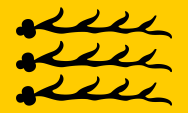





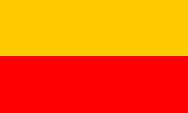


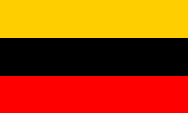


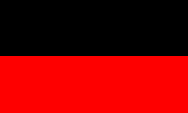





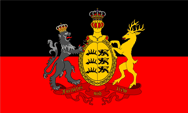



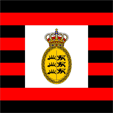


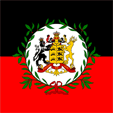


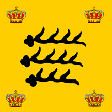


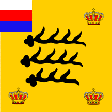


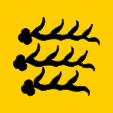


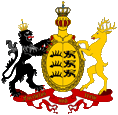



ca. 750-1268 · Duchy of Swabia
11. Jhd. · formation of the County of Wuerttemberg
13.–14. Jhd. · annexation of staufic and suebic territories
1495 · elevation to Duchy of Wuerttemberg
1519 · duke Ulrich sells the whole estates of his house to the Habsburgs
1534 · duke Ulrich rules his country as an austrian fiefdom
1599 · Wuerttemberg is a empire's fiefdom again (Holy Roman Empire of German Nation)
1803 · cede of territories left of the Rhine to France, elevation to Electorate of Wuerttemberg
1805 · elevation to Kingdom of Wuerttemberg
1819 · introduction of a constitution
1849 · re-introduction of the constitution of 1819
1866 · in the brother war on the hands of the German Confederation (Austria)
1871 · joining to the German Empire, with a special exemption (to 1918 own postal administration - Royal Wuerttemberg Post, to 1903 own Wuerttemberg Stamps)
1918 · November Revolution, resignation of king Wilhelm II.
1919 · new constitution → Free People's State of Wuerttemberg
1945 · occupation by US-american and French troops, dissolution of the country Wuerttemberg and creation of the countries of Wuerttemberg-Hohenzollern (French occupied) and Wuerttemberg-Baden (US-american occupied)
Source:
Wikipedia (D),
RetroBib Retrobibliothek,
Discovery '97